Finding Solace in Arlo Parks’ Debut LP
An Album Review
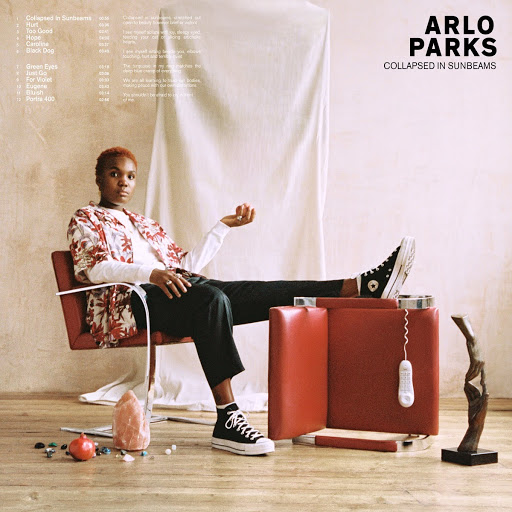
Photograph by arloparksofficial.com
The cover art for Collapsed in Sunbeams, released on January 29, 2021.
“I’m happy I found Arlo when I did.” “I never knew that there actually were other people feeling this way.” “It feels like breathing again.”
These are some of the comments under Arlo Parks’ music videos on YouTube, resounding praise and affirming the power of music. Connections to her music and lyrics abound— personal accounts of family members, therapeutic disclosures and professions, but above all, the comment “thank you” is what appears the most.
The singles from the album released throughout 2020 were met with an audience grappling with their own emotions amid pandemic lockdowns. Parks’ music was easy to resonate with, to say the least. Collapsed in Sunbeams is Parks’ highly-anticipated debut album.
Anaïs Oluwatoyin Estelle Marinho, or Arlo Parks, is the dictionary definition of an empath—a highly sensitive person who is very perceptive of the emotions of those around them. Parks’ lyrics are Phoebe Bridgers-esque in their quality: poetically melancholic, confessional and observational. Lyrics take center-stage in her music, which is made clear by Collapsed in Sunbeams opening track by the same title, which features Parks’ spoken word poetry. “We’re all learning to trust our bodies,” she muses. “Making peace with our own distortions/ You shouldn’t be afraid to cry in front of me.”
Littered with proper nouns, specific details and stories of her friends, and casual observations of strangers in public, Collapsed in Sunbeams reads more like Parks’ personal diary. “This whole album is basically just my journal,” she told David Peisner for The New York Times in November. “It’s a time capsule of adolescence.” In fact, Parks, now 20 years old, states that she referred back to her teenage journal during the song-writing process for Collapsed in Sunbeams. Throughout the 39 minutes of this album, listeners are experiencing years worth of emotion, experience and growth at the apex of adolescence. Parks encapsulates what it means to grow up in the 21st century.
Despite the highly personalized nature of Parks’ lyrics, her songs always revolve around a universally understood theme. Although listeners can’t necessarily relate to Parks’ specific narratives, we can find solace in the one-size-fits-all advice she doles out. Like Studio Ghibli films (one of the inspirations behind her writing), Parks’ utilizes the stories of her characters to express simple yet poignant truths. In “For Violet,” Parks consoles a friend who is having difficulty staying at home after college. Although listeners can’t identify with the story Parks tells of breakfast scenes in the garden and buying books, we can resonate with the lesson she sings: to hold on despite feelings of helplessness and entrapment.
The actual music of Collapsed in Sunbeams is understated and moody, at times reminiscent of Radiohead, another one of Parks’ inspirations. There is something altogether nostalgic yet very current about her music. “Green Eyes,” for example, combines Park’s signature fuzzy R&B inspired sound with the staple indie sound, props to fellow bedroom-pop-artist-turned-star Clairo, who contributes backing vocals and guitar to the track.
“Black Dog” is perhaps the most poignant of Parks’ debut in which she sings of a friend’s struggle with depression, dubbed by what Winston Churchill referred to his own depression as. Despite this heartache, however, Parks’ confessional lyricism is not overcome by darkness. In “Portra 400,” the last track of Collapsed in Sunbeams, Parks sings what may be perceived as her purpose in music: “Making rainbows out of something painful.” Arlo Parks’ music dares to analyze the emotional complexity of adolescence, and in that, recognizes the coexistence between happiness and sadness.
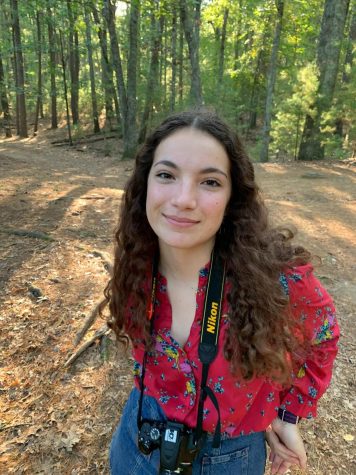
Giulianna Bruce is a senior at MCDS and she’s so excited to be this year's Editor-in-Chief of The Spartacus! Giulianna joined three years ago with the...


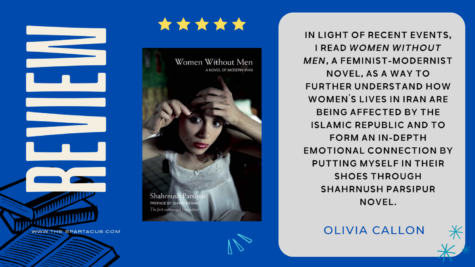
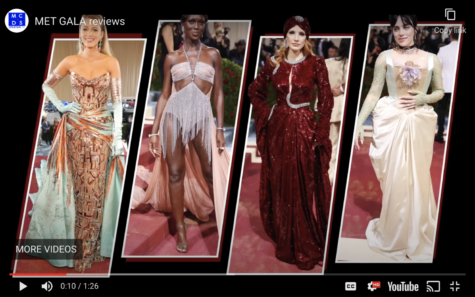
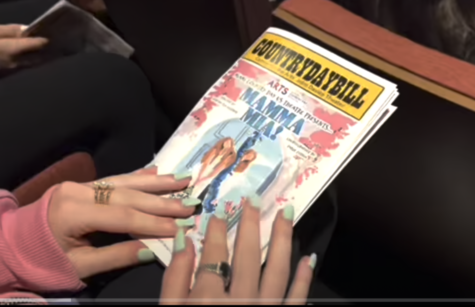
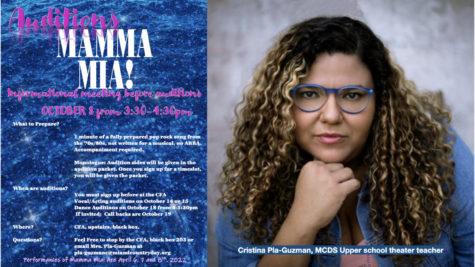
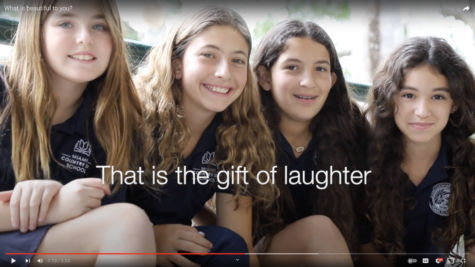
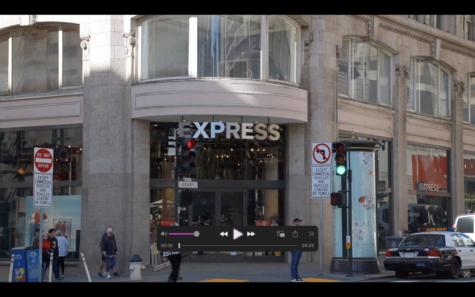



Carolyn Dorn • Feb 2, 2021 at 9:15 pm
If writing is supposed to encourage, persuade, and inform, you hit a quinella every time. I didn’t know Arlo Parks, now I do — and I, too, like her lyrics and music. She sounds a little like Bakar and Claud Mintz. Easy listening. I had heard her song “Caroline”, but I didn’t know that was Arlo Parks.
Madame Chambers • Feb 2, 2021 at 9:26 am
I love her music and her voice is always so soothing to me. It’s the British vibe for me.
Karen Davis • Feb 2, 2021 at 8:59 am
I had not heard of her, but this review made me want to listen. (Even though I’m not of the “super sad generation” as her work refers to…) I do understand how “it’s so cruel what the mind can do for no reason” as one of her songs says.